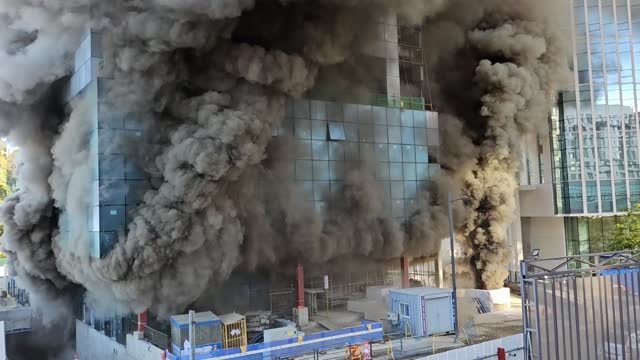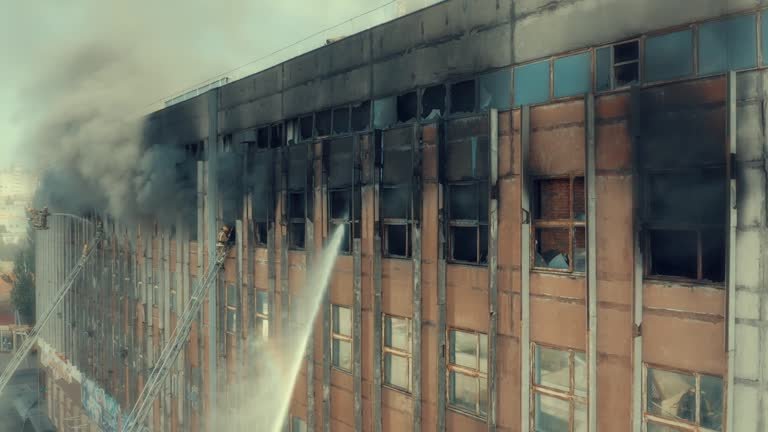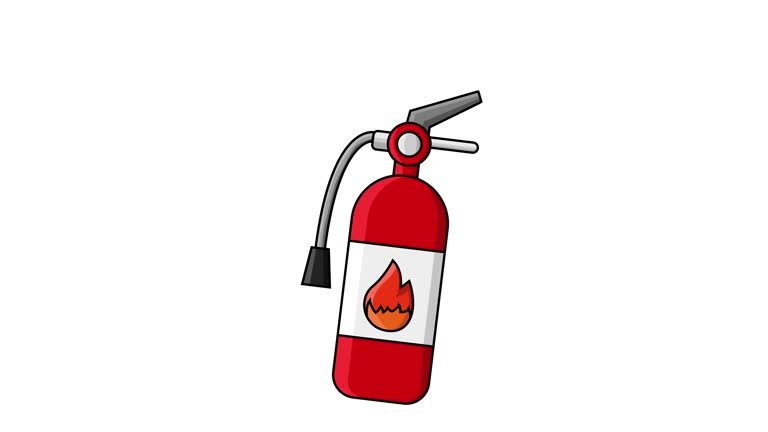
- calendar_month August 21, 2024
- folder Community Engagement
Sharing Tags
Building Safety, Emergency Preparedness, Fire Prevention, Fire Safety, High Rise Living, Innovative Safety, JohnHart, JohnHart Real Estate, Nathan Derry, Nathan Derry JohnHart, Nathan Derry Realty, Nathan Derry Recommends, Nathan Derry Tips, Nathan Derry, JohnHart Real Estate, Parachute Safety, Real Estate Tips, Safety First, Urban Safety

As the world’s urban landscapes grow increasingly vertical, with residential high-rises reaching unprecedented heights, the challenge of ensuring safety for occupants in the event of a fire has become more pressing than ever. In light of this, some have proposed the concept of equipping high-rise occupants with parachutes as a last-resort escape mechanism. But how feasible and effective could this idea be in saving lives? Let’s explore.
The Growing Challenge of High-Rise Fire Safety

High-rise buildings are a staple of modern urban development, offering a solution to the problem of space scarcity in densely populated cities. However, as these structures reach new heights, they pose unique challenges in terms of fire safety and evacuation procedures. Traditional evacuation methods, such as stairwells and fire escapes, may not be sufficient or accessible in cases of severe fires, particularly on the upper floors.
The Concept of Parachutes for High-Rise Evacuation

The idea of using parachutes as an emergency escape tool for high-rise buildings has gained attention in recent years, particularly following tragic incidents where occupants of burning skyscrapers had no viable means of escape. The concept involves equipping buildings with parachutes specifically designed for urban environments, which could be used by residents and office workers as a last-resort escape method when conventional evacuation routes are blocked.
Potential Benefits:
- Life-Saving Potential: In situations where fire or smoke blocks all exits, parachutes could offer a way out, potentially saving lives that would otherwise be lost.
- Ease of Use: Modern parachutes, especially those designed for emergency use, are increasingly user-friendly, requiring minimal training to deploy effectively.
- Accessibility: With the right design and planning, parachutes could be stored in accessible locations within apartments or offices, making them readily available in an emergency.
Challenges and Considerations
While the idea is intriguing, it is not without significant challenges and risks:
- Height Limitations: Parachutes require a minimum height to deploy safely. In the context of high-rise buildings, this could limit their effectiveness to only the uppermost floors.
- Wind and Obstructions: Urban environments are filled with obstacles like other buildings, power lines, and signage that could pose serious risks to someone descending by parachute.
- Panic and Misuse: In a high-stress situation, such as a building fire, occupants may panic or misuse the parachute, leading to injuries or fatalities that could have been avoided with traditional evacuation methods.
- Regulatory and Legal Issues: Implementing such a system would require significant changes to building codes and safety regulations, not to mention potential legal implications in the event of an accident.
Current Alternatives and Innovations in High-Rise Safety

While parachutes are an unconventional solution, there are other innovations and technologies being explored to improve high-rise safety:
- Fireproof Elevators: Advances in elevator technology have led to the development of fireproof elevators that can be used to evacuate occupants during a fire, offering a faster and more controlled escape route.
- External Evacuation Systems: Some buildings are equipped with external slides, chutes, or even enclosed capsules that can safely transport occupants to the ground in an emergency.
- Drone-Assisted Rescue: In the future, drones could play a role in high-rise rescues, either by delivering escape equipment like parachutes or by directly evacuating individuals from dangerous situations.
The Future of High-Rise Fire Safety

While the concept of using parachutes in high-rise evacuations is still largely theoretical and not without its challenges, it underscores the need for innovative solutions to the growing problem of fire safety in tall buildings. As architects and engineers continue to push the boundaries of what’s possible in urban development, ensuring the safety of occupants must remain a top priority.
At the end of the day, the best approach may be a combination of traditional safety measures, new technologies, and perhaps, one day, emergency parachutes designed specifically for high-rise use.
As with any safety innovation, careful consideration, testing, and regulation would be needed before parachutes could become a standard feature in high-rise buildings. In the meantime, staying informed about fire safety procedures and ensuring your building is equipped with up-to-date safety systems remains crucial.
I’m Nathan Derry with JohnHart Real Estate, and as we continue to develop and live in taller and taller structures, these discussions are more important than ever. Your safety is paramount—both in choosing the right home and in making sure that home is equipped with the best safety measures available.
Feel free to reach out if you have any questions or if you’re considering a move into a high-rise and want to discuss safety considerations further.
All the best,
Nathan Derry, Realtor

📍JohnHart Real Estate
📞(424) 303-0440
📧 nathan@jhagents.com
👨🏽💻 itsnathanderry.com
Interested in seeing a property or one of my off market properties in person? Contact me today! Who you hire matters!!!
Ready to make the best move of your life… let’s chat today!
